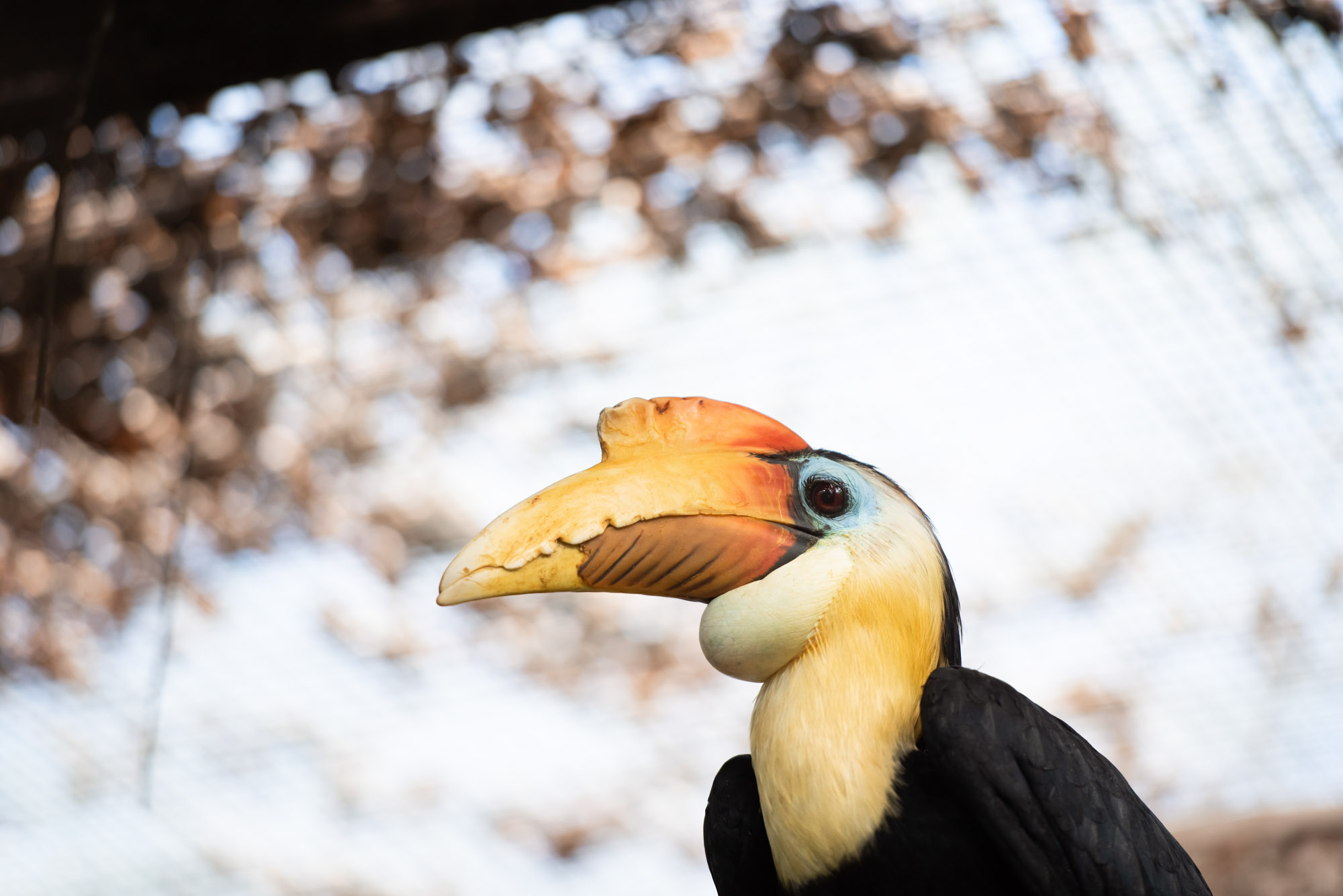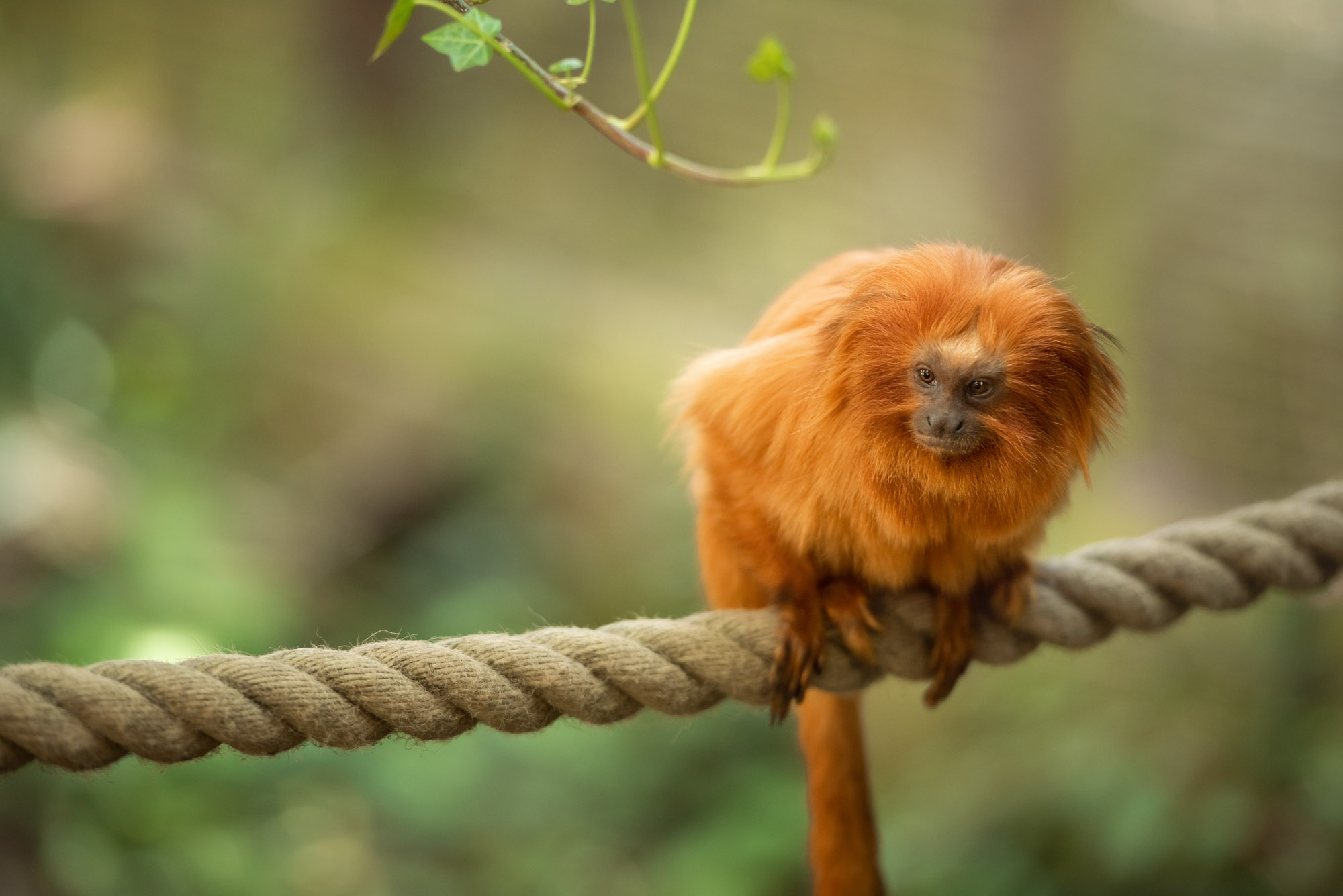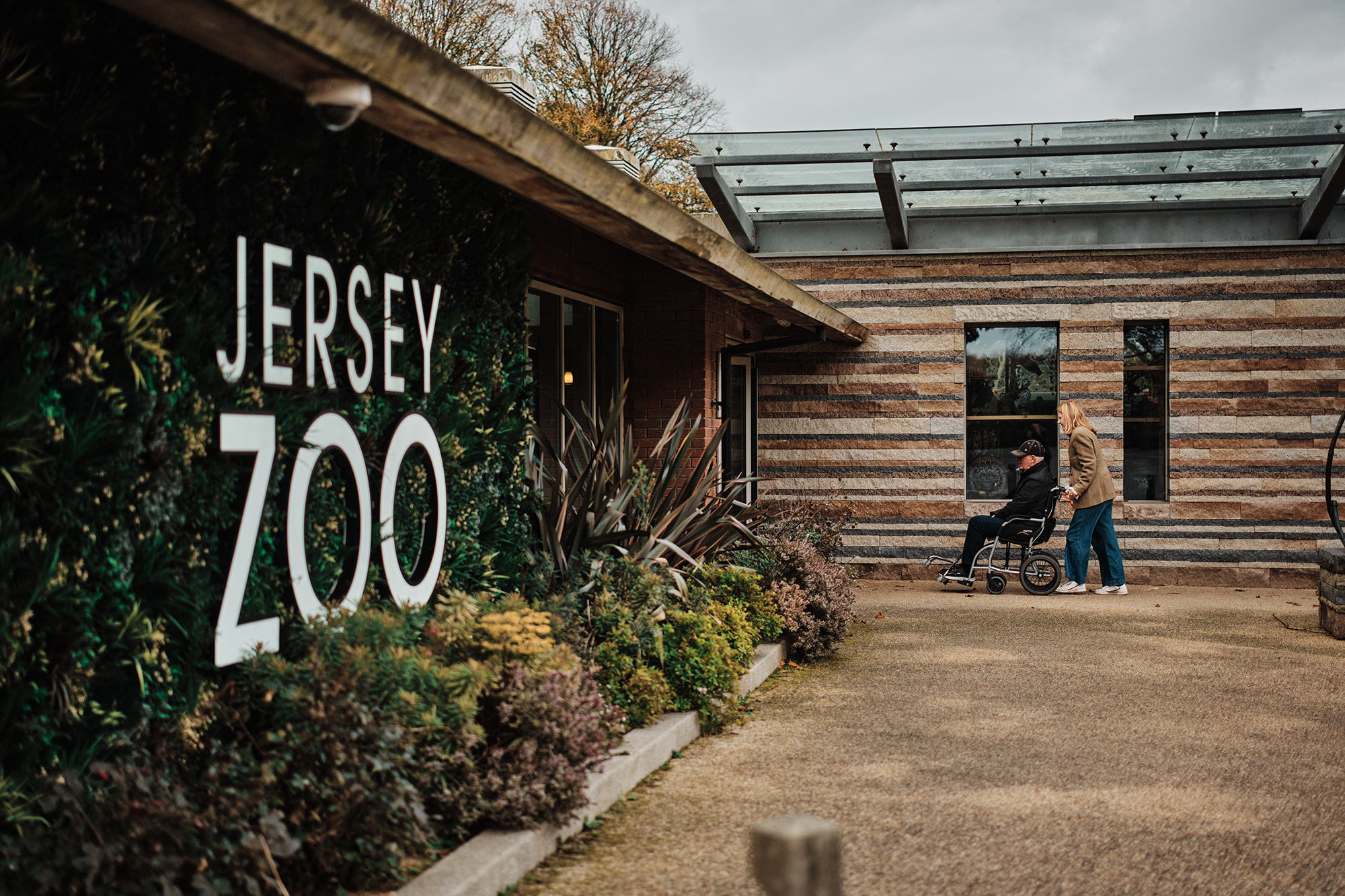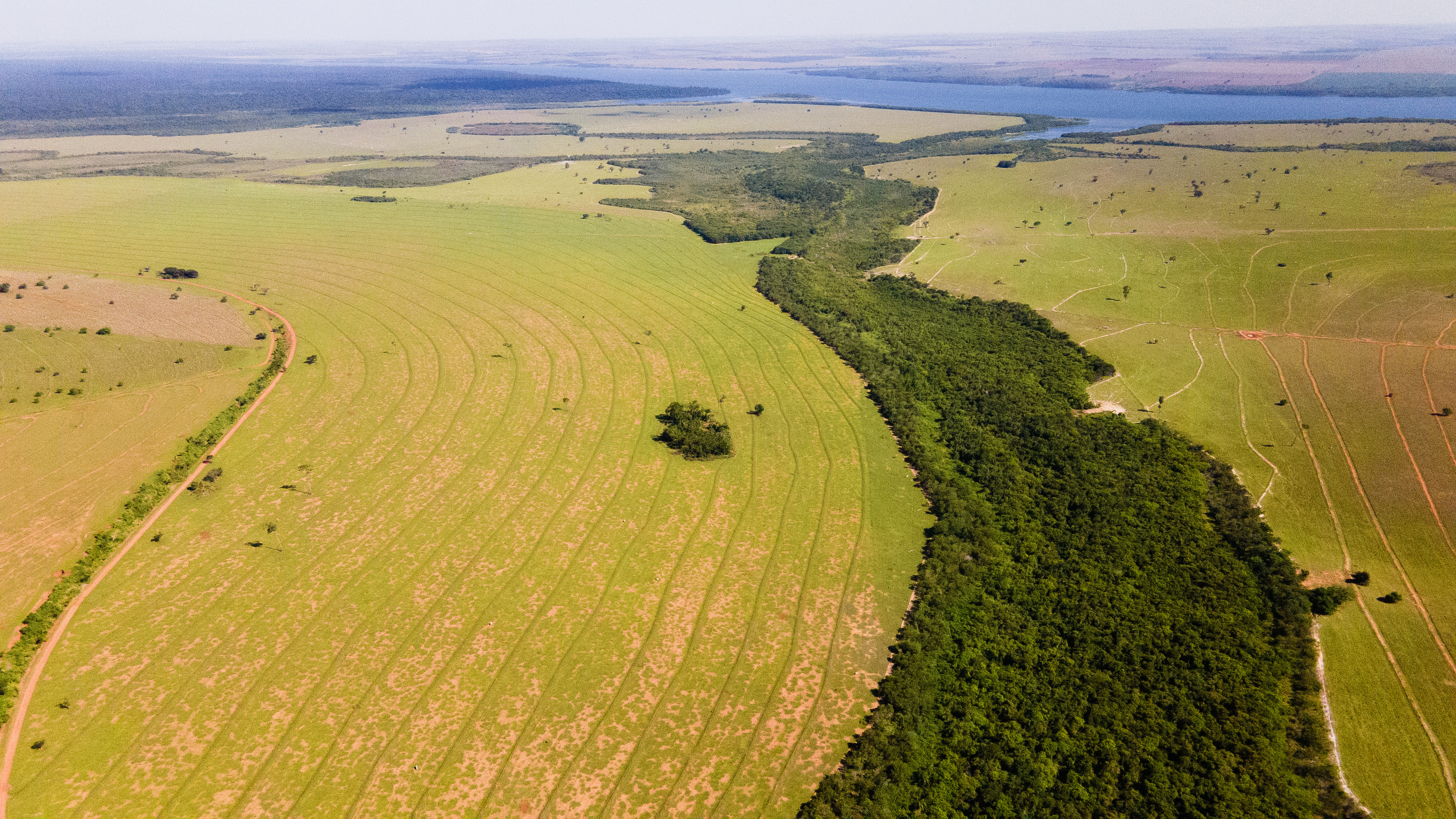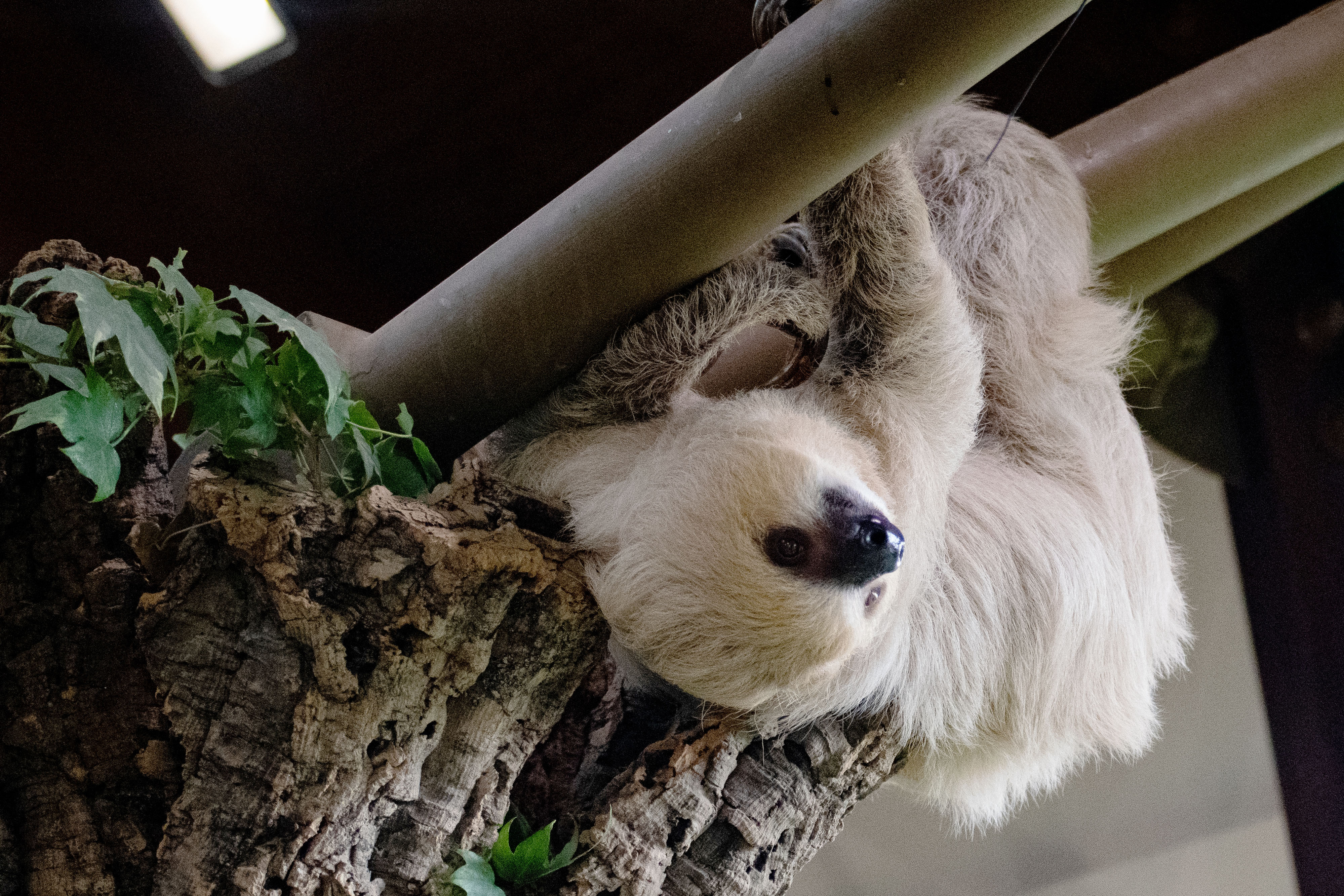Critically Endangered turtles hatch at Jersey Zoo
Six Critically Endangered Madagascar big-headed turtles, known as "Rere" in Malagasy, have been hatched at Durrell’s Jersey Zoo for the first time.
In July last year, a clutch of nine eggs was laid, of which six successfully hatched in late 2022. The juveniles measured around 3cm in length when they emerged from the egg but have already doubled in size. Keepers are keeping a close eye on their development in a dedicated rearing aquarium behind the scenes at the Reptile and Amphibian House.

The breeding pair was generously offered to Jersey Zoo in 2019 by colleagues at Kadoorie Farm and Botanical Garden, who took the turtles on after Hong Kong authorities confiscated them from smugglers. Having created a bespoke exhibit for visitors to view the turtles, the zoo had not anticipated any breeding attempts for a few years as both turtles had been still relatively small upon arrival in Jersey, at only 20cm long. The species can reach up to 50cm.
Durrell's Head of Herpetology, Matt Goetz, said: "This is not only significant for our team but is also only the second time a European zoo has had offspring by this species. The hatchlings here will enable us to develop more husbandry insights to advise our Malagasy colleagues at our turtle captive breeding centre in Madagascar."
The rare Madagascar big-headed turtle is the country's only endemic freshwater turtle and the largest species of turtle on the island. Durrell has been implementing conservation activities for the species in the wild since 1998, making it one of the charity's longest-standing projects in Madagascar.
Significant threats to the species include the hunting of turtles and eggs and the loss of wetland habitat. Durrell’s Rere Turtle Conservation Project supports community members to carry out patrols in the Ambondrobe Protected Area and Ankarafantsika National Park to protect nests from poaching.
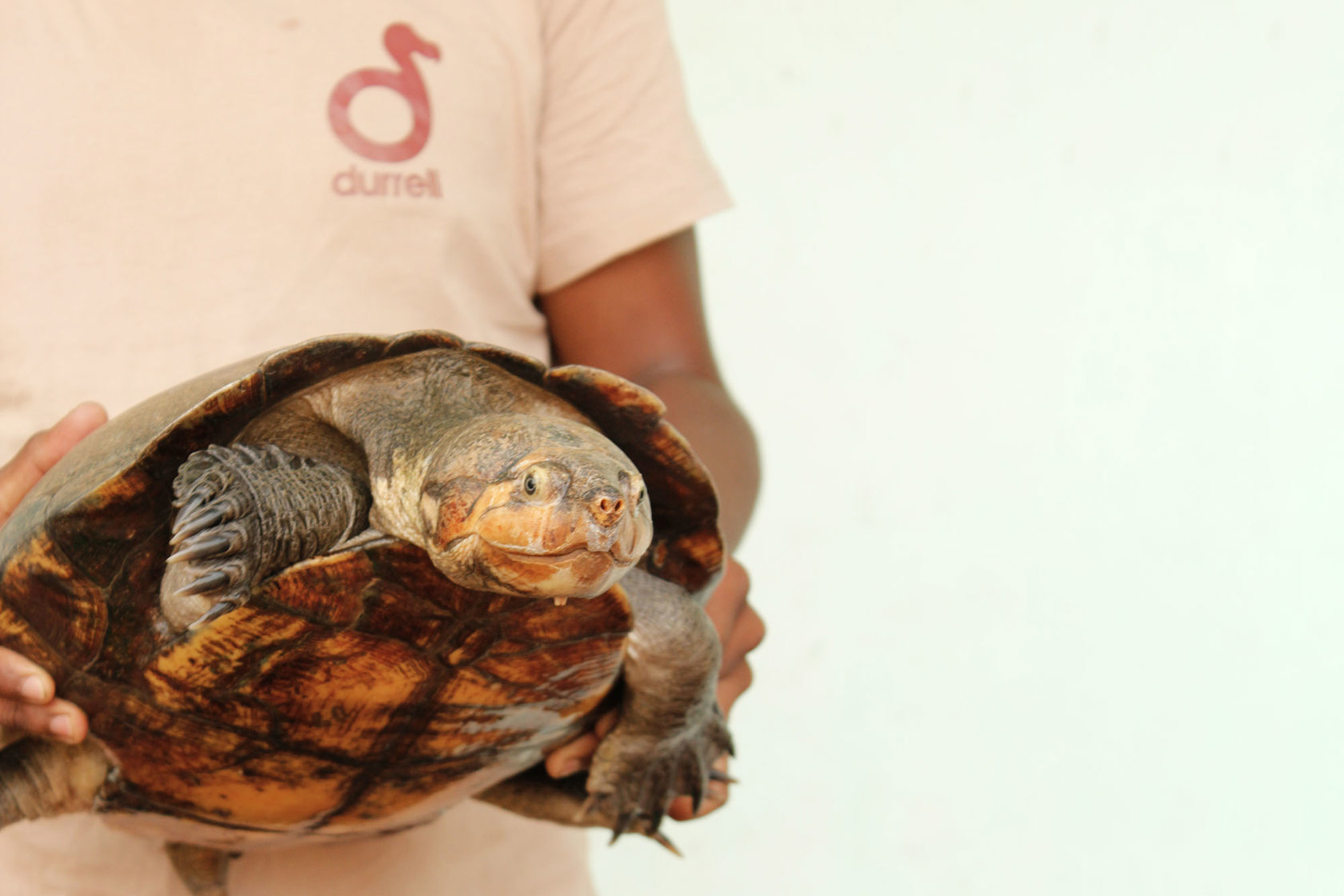
Wetland restoration is also being carried out at these sites, which involves removing invasive water hyacinth. Wetlands are highly biodiverse habitats that are essential to life on Earth, but more than 35% of the world's wetlands have disappeared in the last 50 years. Durrell carries out wetland restoration activities with local communities at several sites across Madagascar, which includes replanting marsh mangroves, supporting sustainable rice farming, and reforestation to decrease erosion and siltation in wetland areas.
The Rere Turtle Conservation Project also breeds turtles at a Madagascar captive breeding centre and then releases them into suitable wild habitats. In December 2021, 33 captive-bred turtles were successfully released into Lake Ravelobe in Ankarafantsika National Park, bringing the total number of turtles released into the lake to 150. The team has since trialled using VHF tags to track individuals via radio signals, gaining new information on habitat use and survival rates for these turtles after release.
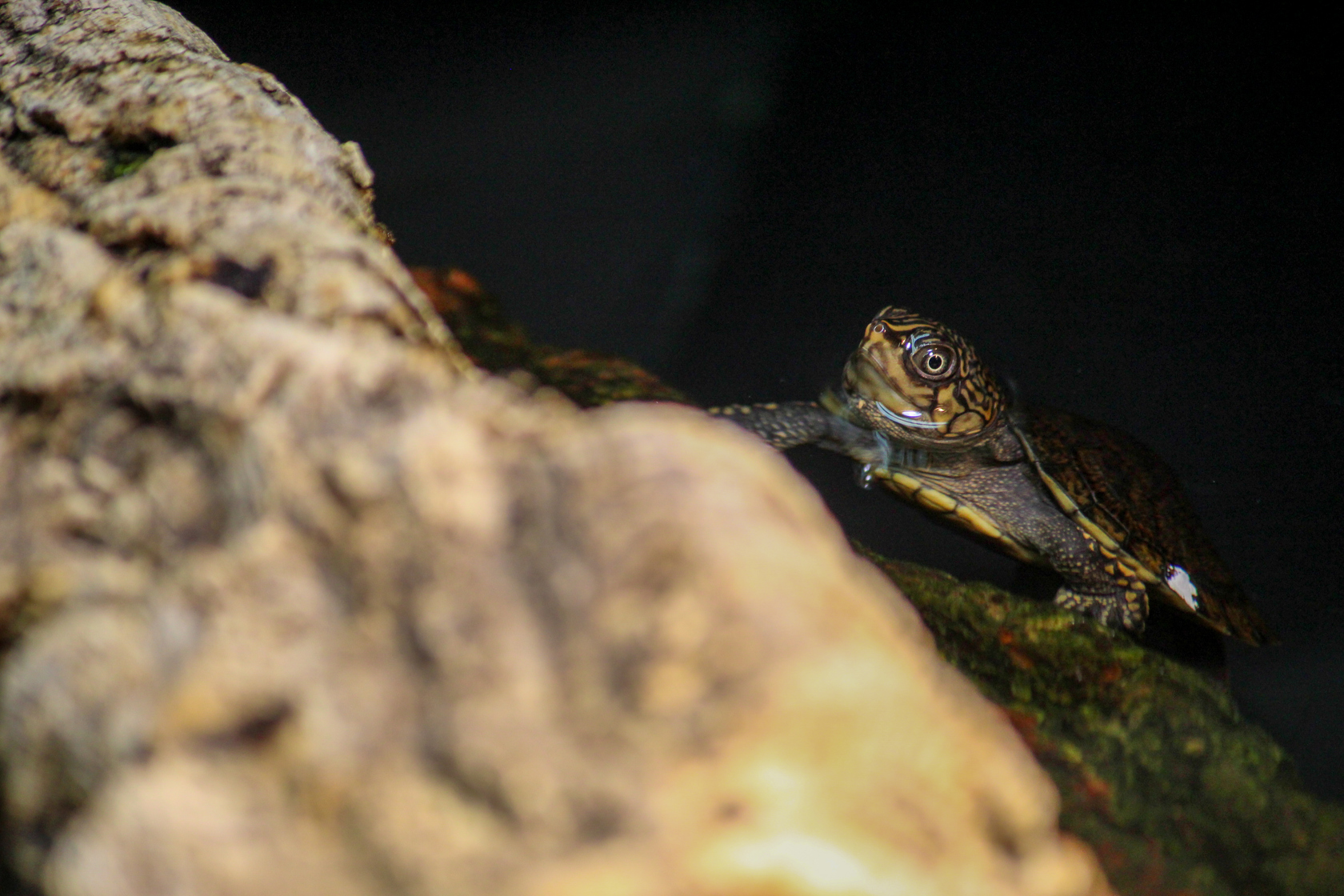
This conservation work was achieved with the support and collaboration of local people that live near the lake.
Despite these efforts, much is yet to be learnt about the Madagascar big-headed turtle across most of its range. The team's next priority is to complete a Species Action Plan so that all relevant stakeholders can understand and implement key objectives and activities consistently. They also aim to carry out a new range-wide population survey alongside ongoing efforts to protect populations at Ambondrobe and Ravelobe.
Durrell’s work with this species in Madagascar would not have been possible without the kind support of the National Geographic Society, the Whitley Fund for Nature, USFWS Tortoise and Turtle Fund, and Biodiversity Challenge Fund – Darwin Initiative.

